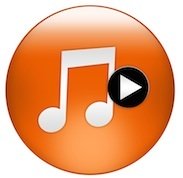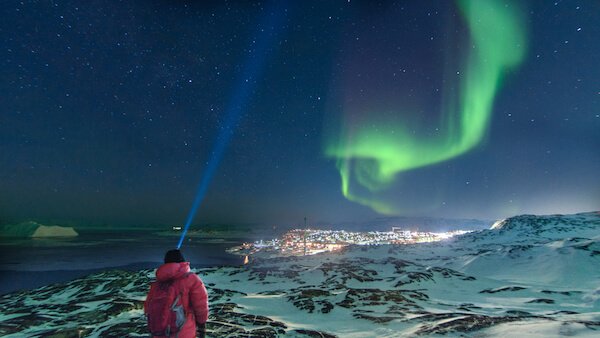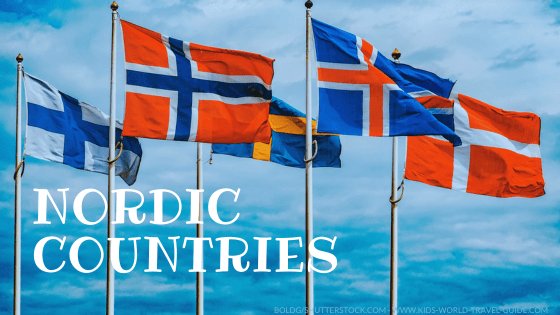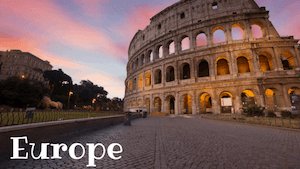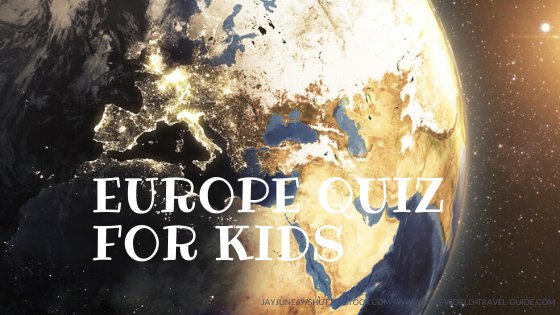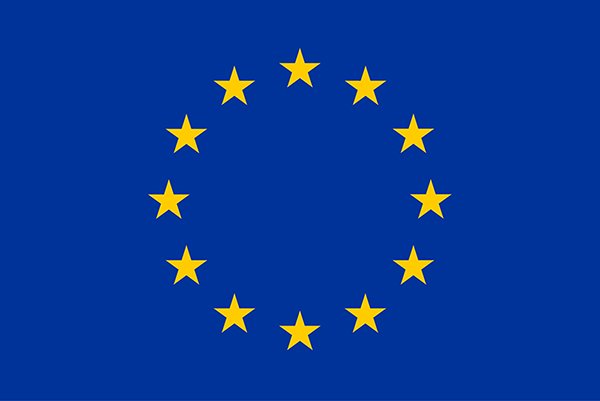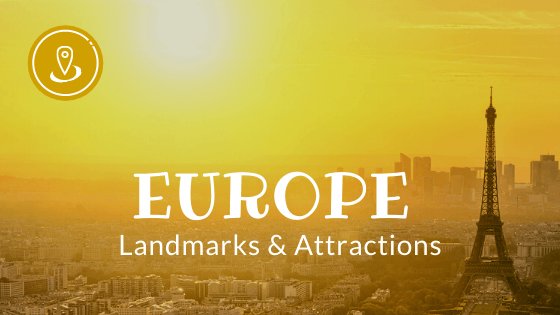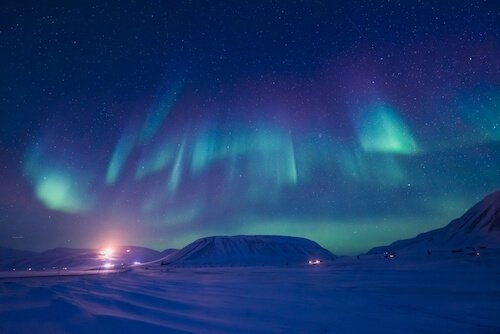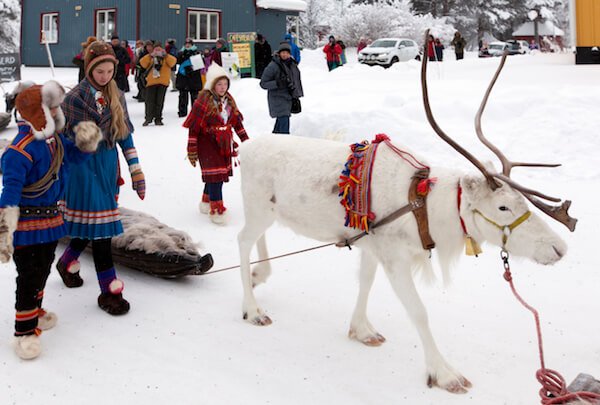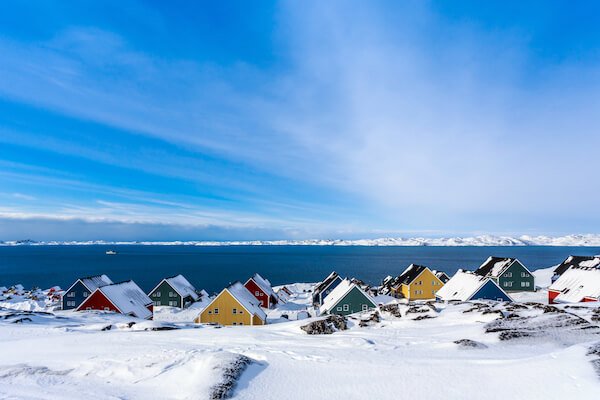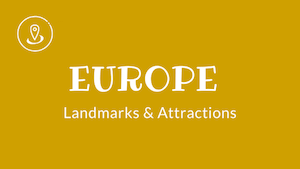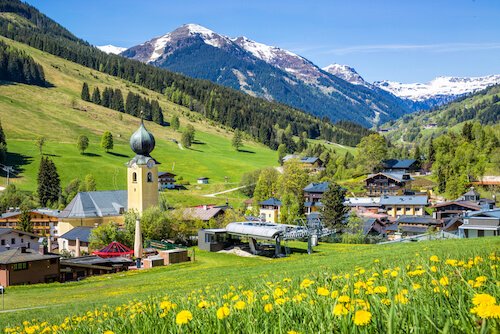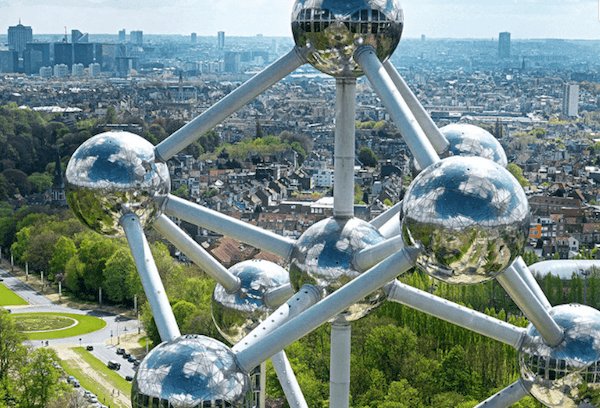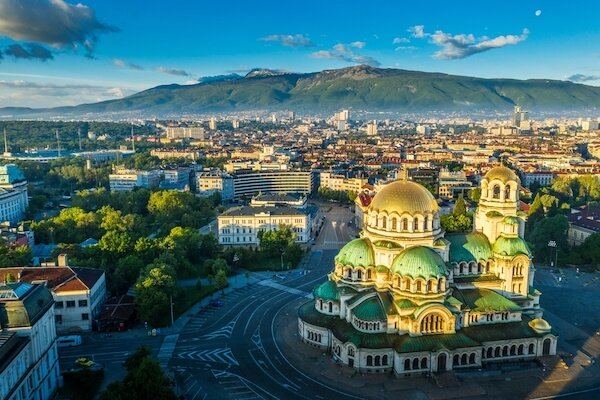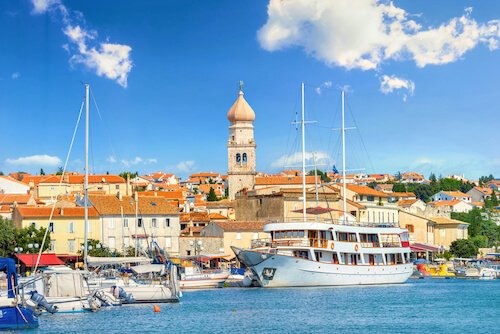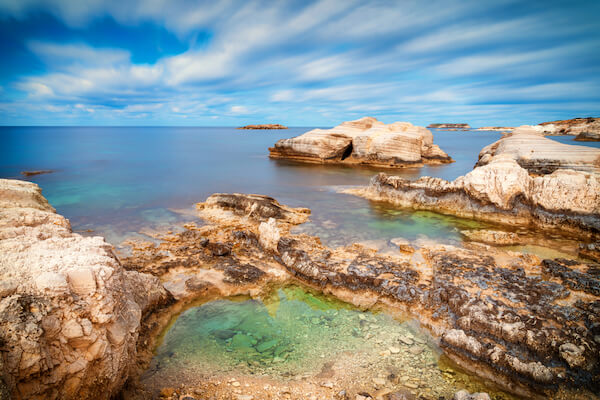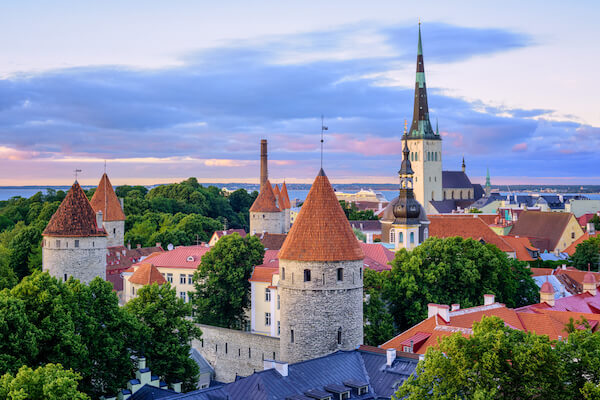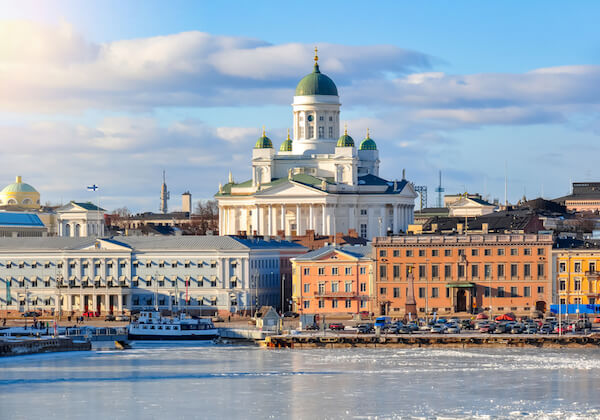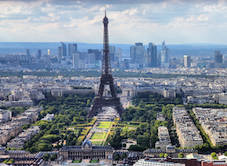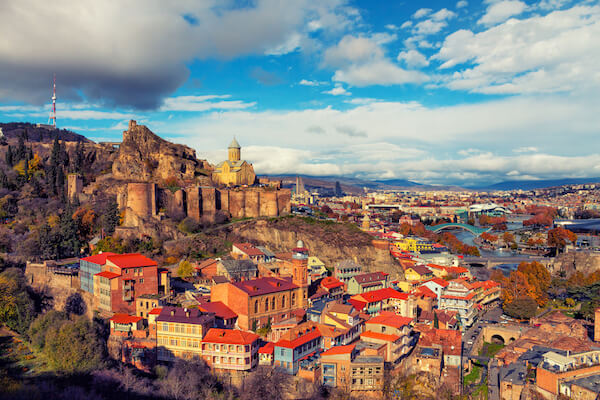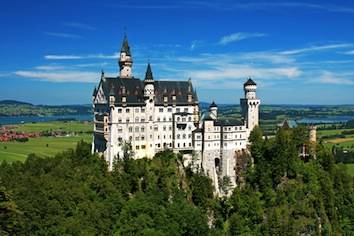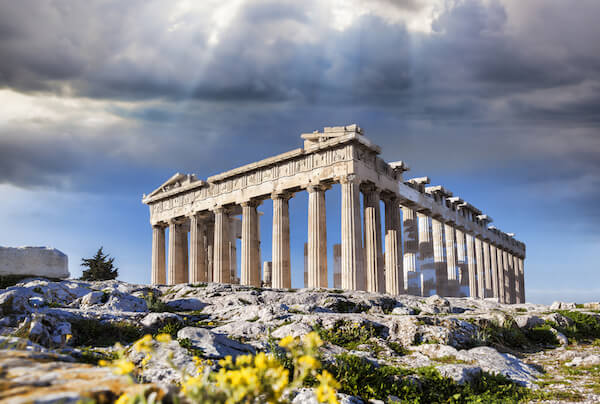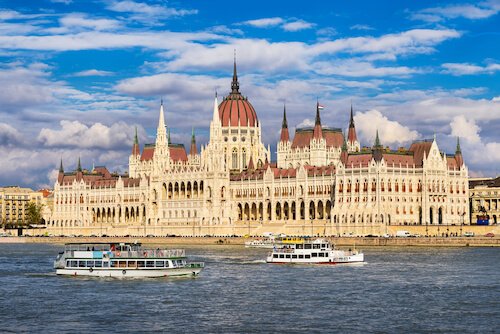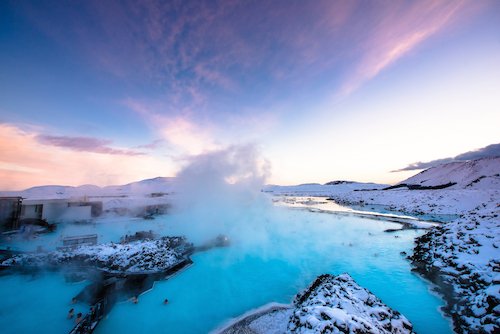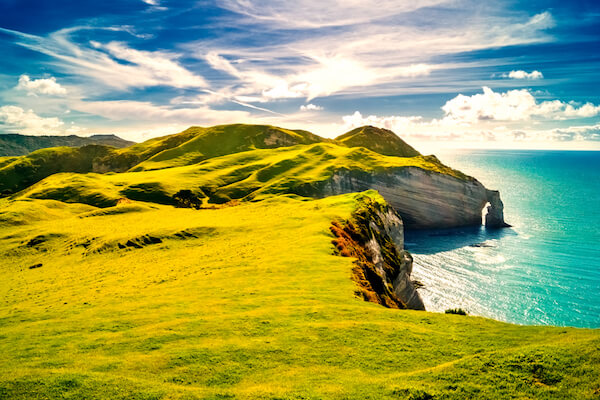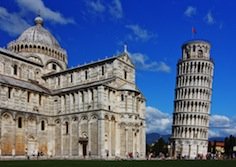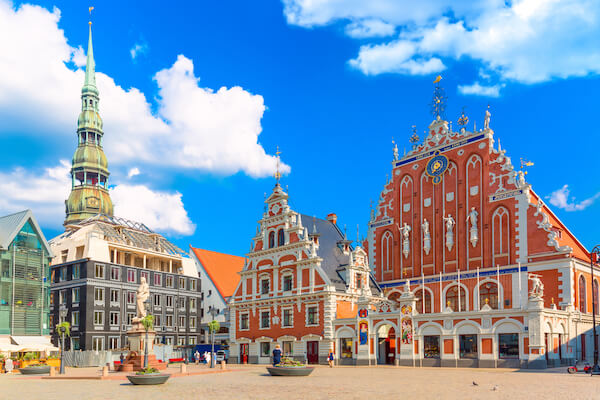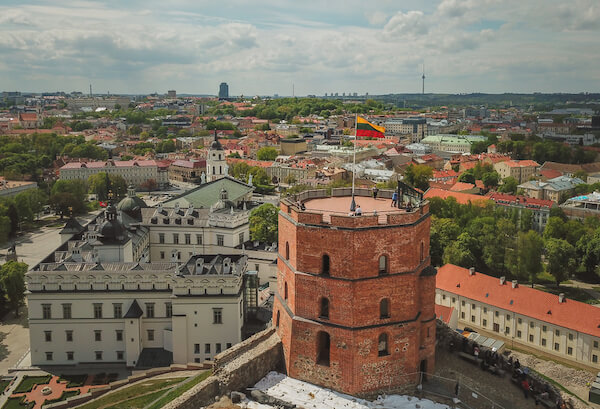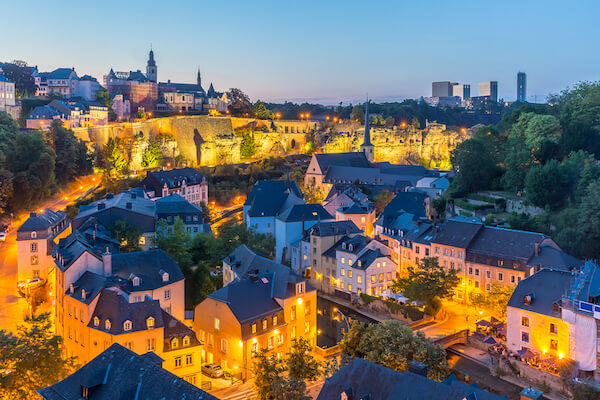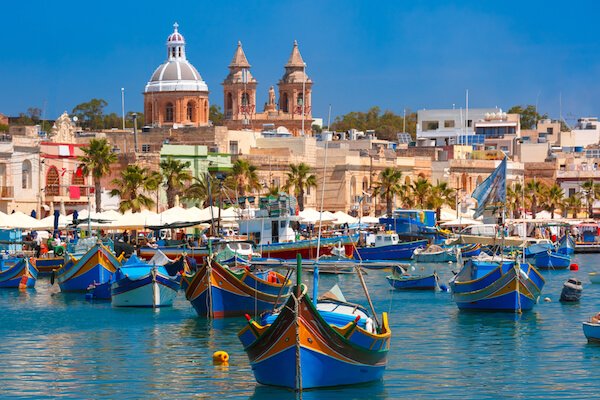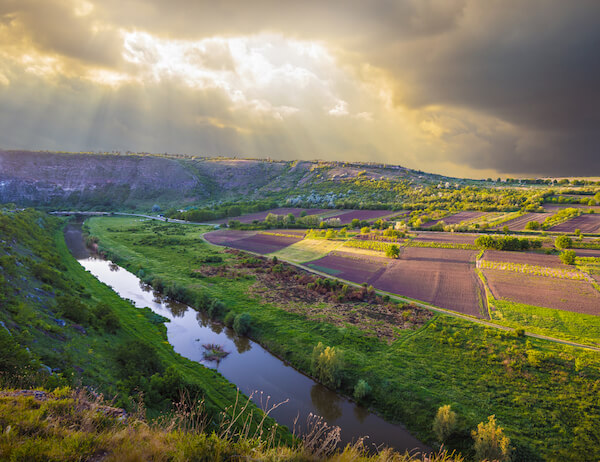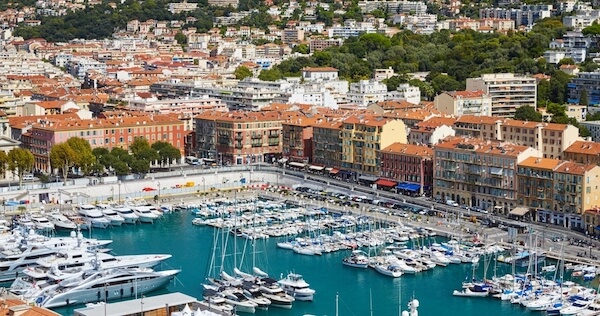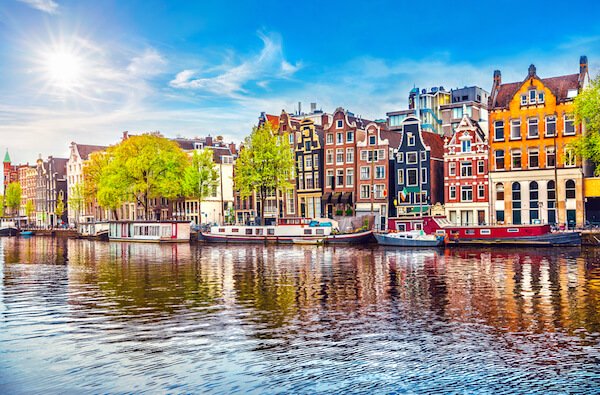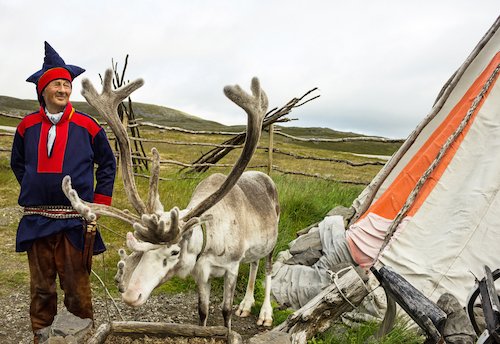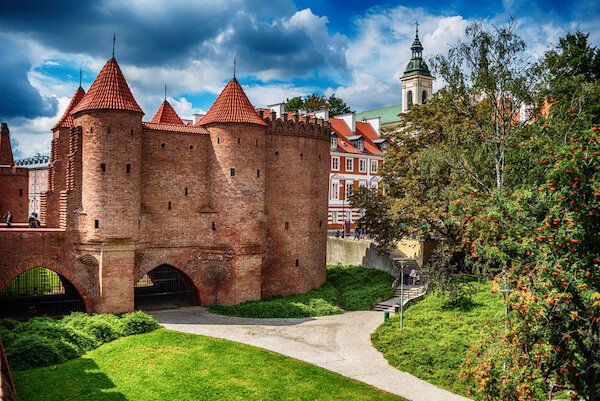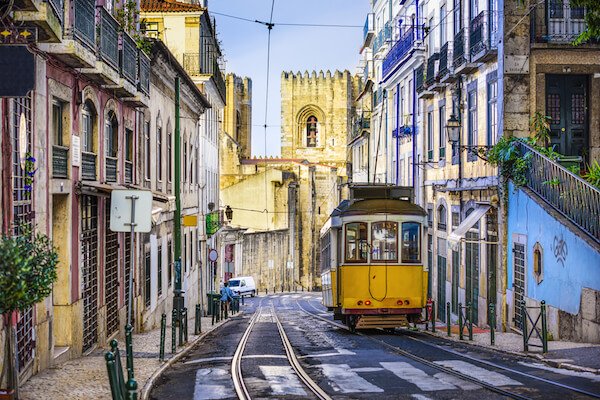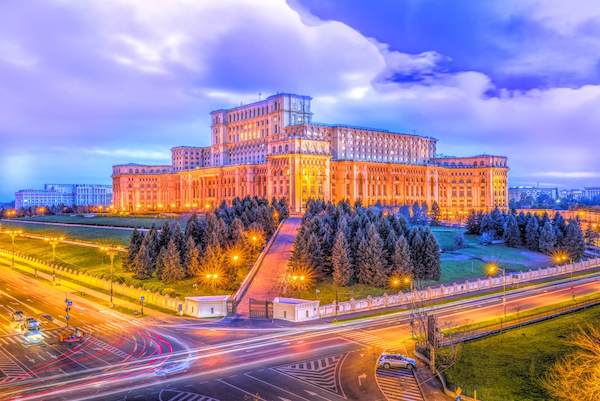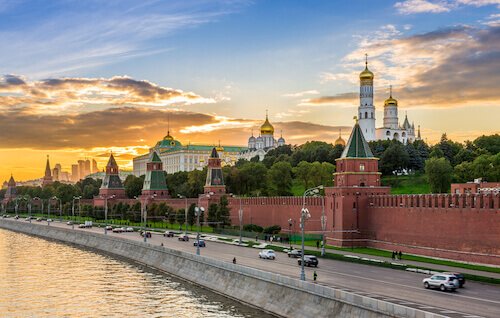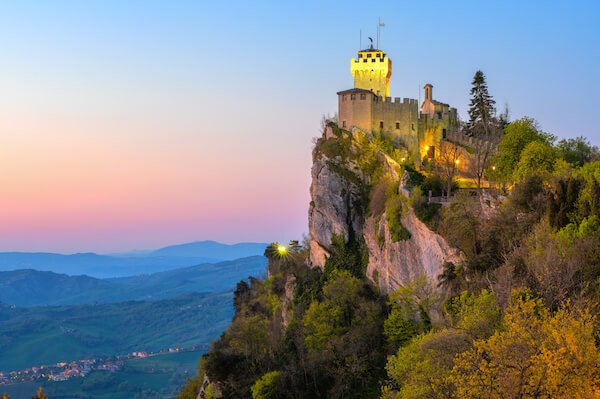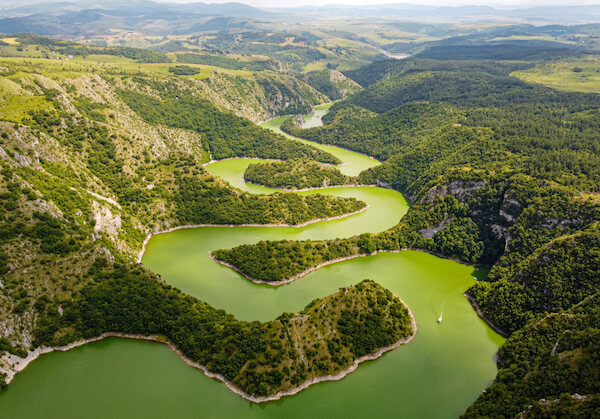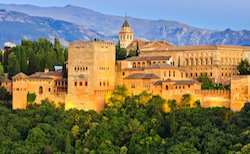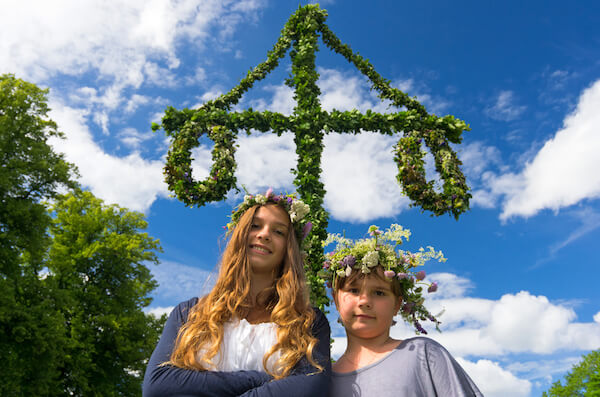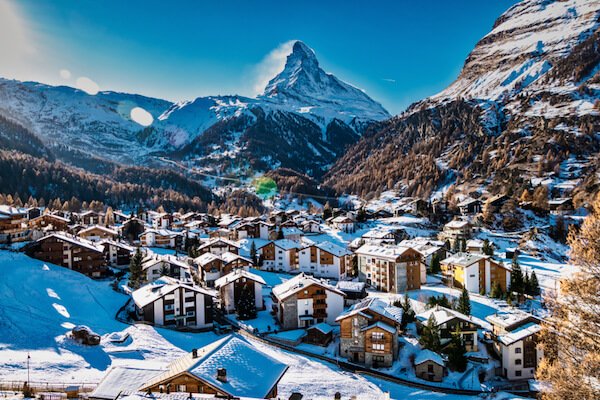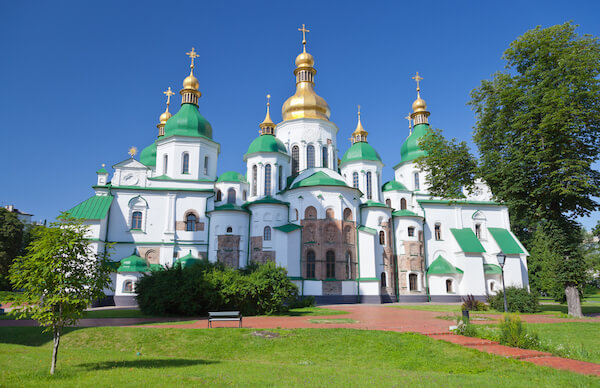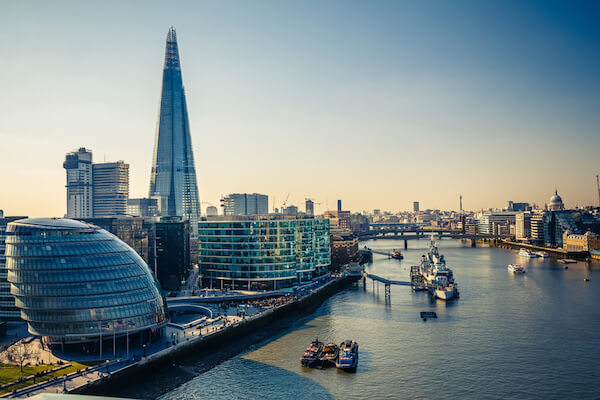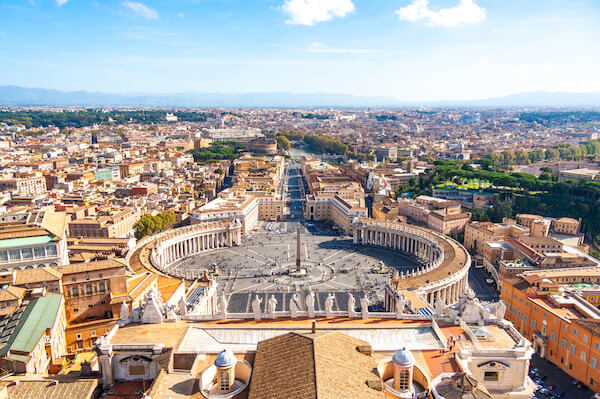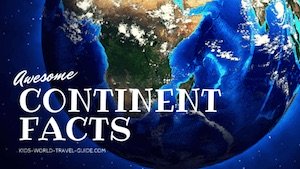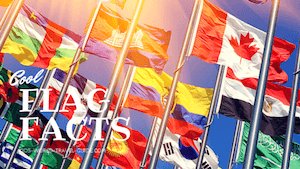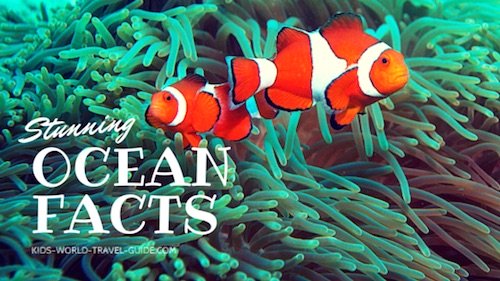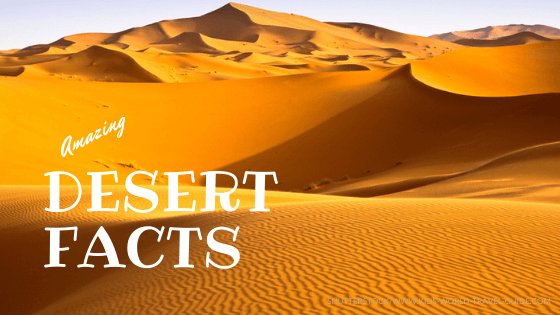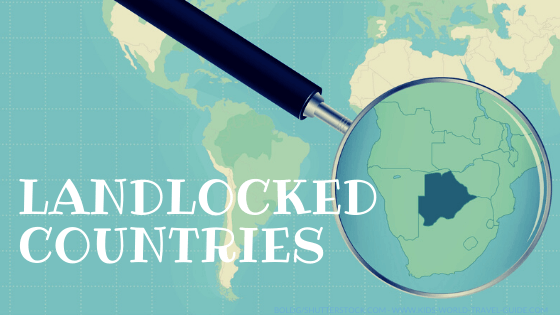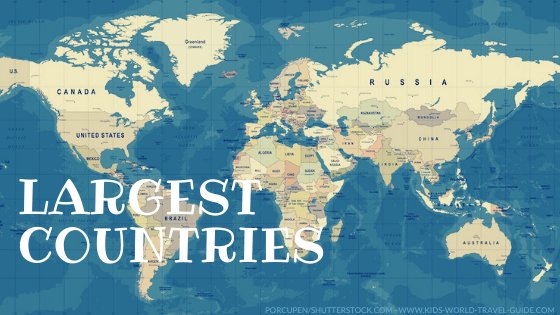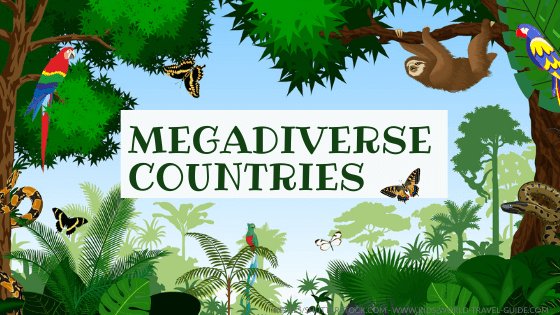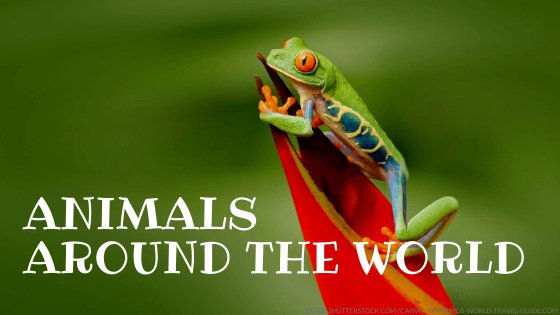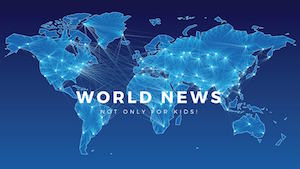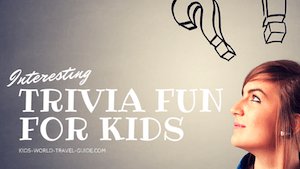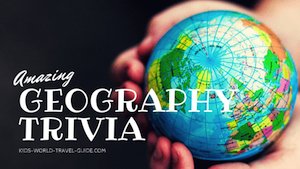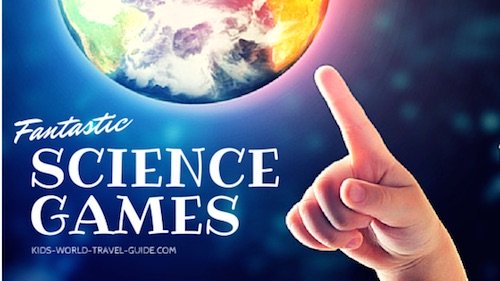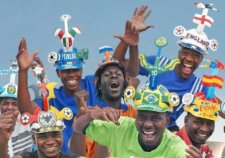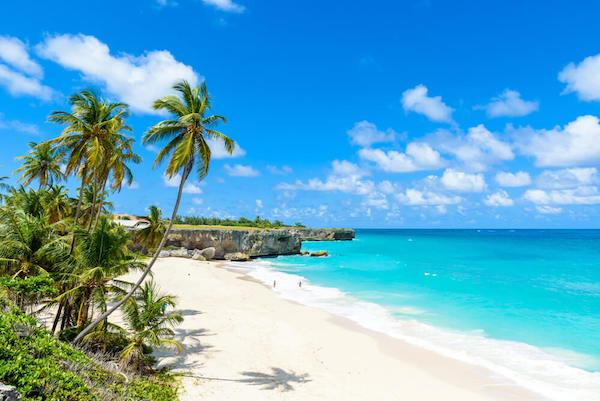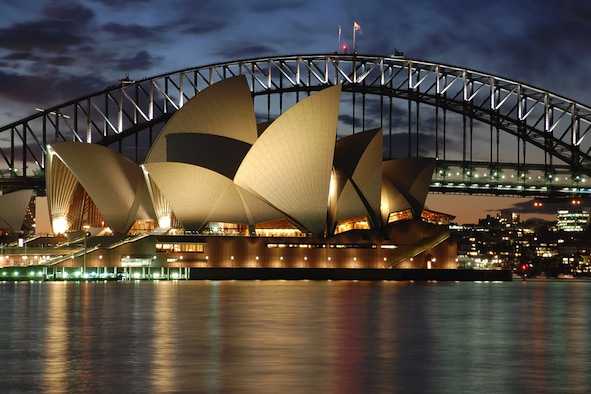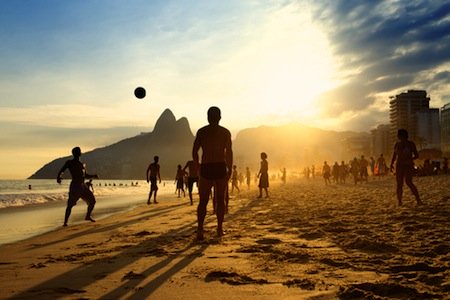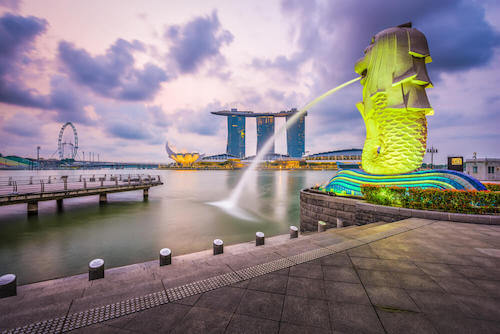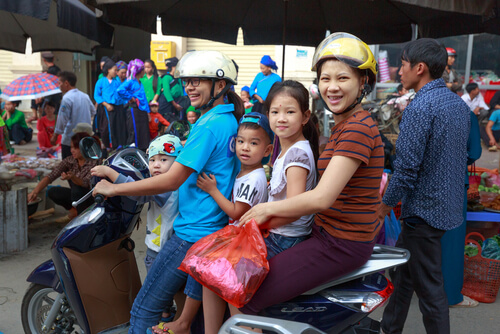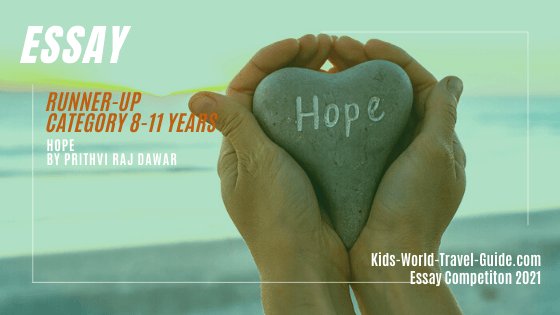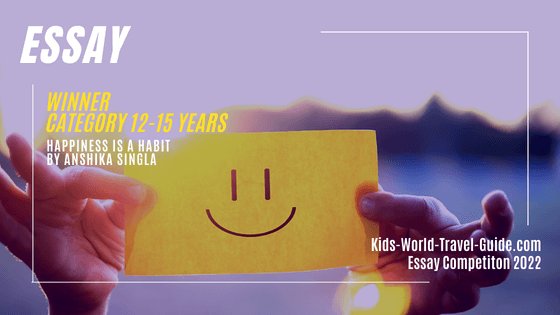- Homepage
- Denmark
Denmark Facts for Kids
Interesting Facts for Kids
Here are some interesting Denmark Facts which were chosen and researched by kids especially for kids.
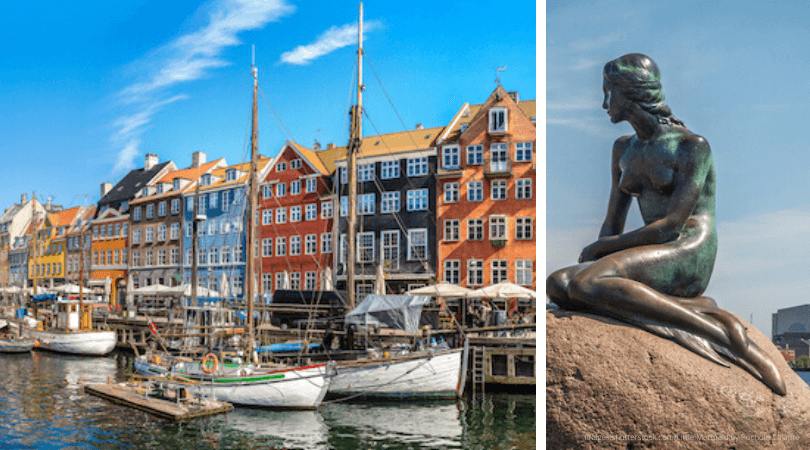 Copenhagen's Nyhavn and the Little Mermaid
Copenhagen's Nyhavn and the Little Mermaid- Population: 6 million people live in Denmark (2025)
- Capital: Copenhagen, with 1.4 million inhabitants, is Denmark's biggest city.
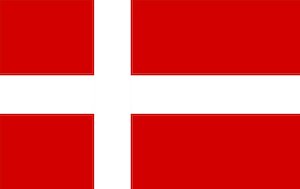 Flag of Denmark
Flag of Denmark- Name: Kingdom of Denmark, in Danish: Kongeriget Danmark
- Government: Parliamentary Monarchy
- King: Frederik X of Denmark (since 2024)
- Official languages: Danish - and in some regions also Greenlandic, Faroese or German
- Literacy: 99% can read and write
- Religion: mainly Christians (of these mainly Lutherans 74%)
- Currency: 1 Danish kroner = 100 øre
- National Symbols: Mute swan (national bird), Lion (national animal), red and white (national colours).
- History: The first people in the region were hunters and gatherers. They settled on the islands around 10,000 BC. During the Iron Age, the Danes traded goods such as amber and animal furs with the Roman Empire. By 200 AD the Rune language was used. Denmark is known as the home of Vikings who ruled from about 800 - 1050 AD. The Vikings were excellent sailors and shipbuilders and known to invade other countries. They controlled parts of England and France in the 11th century. During the reign of King Harald Bluetooth, the Danes converted to Christianity. The Kalmar Union (1397 - 1523) was a union of including Denmark, Sweden and Norway and was ruled by Queen Margarete I. Power struggles with the Germans continued over many decades in the 18th and 19th century. Denmark did not join World War I and II. Neutral Denmark was invaded by Germany in 1940. On 5 May 1945 Denmark was liberated.
- National Day: 5 June (Constitution Day)
Denmark Geography
Where is Denmark?
Denmark lies in Northern Europe. Denmark belongs to the Scandinavian countries and is the smallest country of Scandinavia.
Scandinavia usually includes the three kingdoms Sweden, Denmark and Norway, but in a wider view also includes Finland and Iceland. These Nordic countries are all highlighted in blue on the map below.
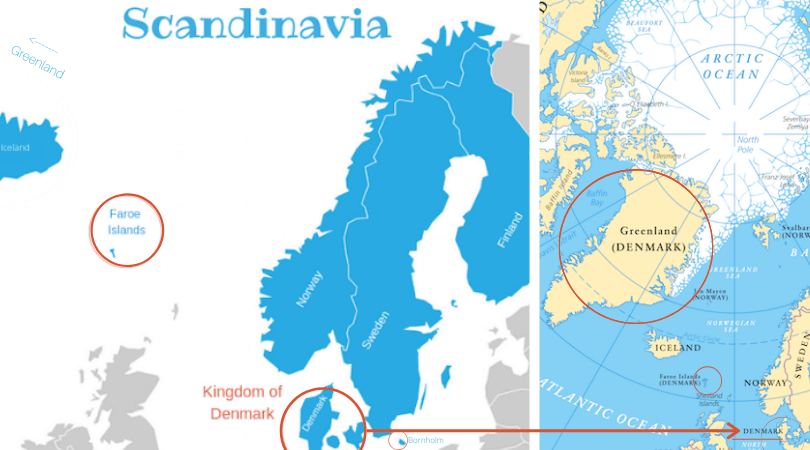 Denmark is a country in Scandinavia
Denmark is a country in ScandinaviaDenmark borders the North Sea and the Baltic Sea of the North Atlantic Ocean.
Denmark is the southernmost country of Scandinavia if one excludes Greenland and the Faroe islands. Denmark has one land border with Germany of 140 km/ 87 miles.
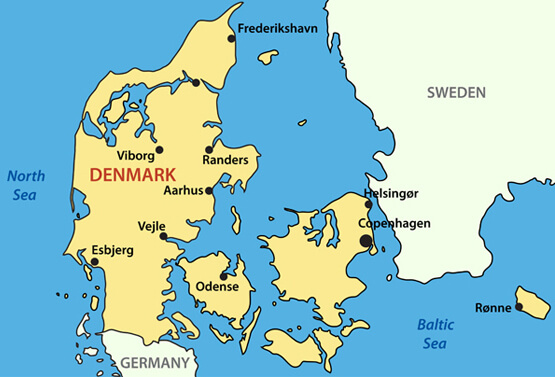 Map of Denmark
Map of DenmarkDenmark is also referred to as the Kingdom of Denmark, which includes the peninsula Jütland where it borders Germany, the many islands in the Baltic Sea as well as Greenland and the Faroer islands in the North Sea.
The kingdom of Denmark is spread over 443 islands. Only 72 of these islands are inhabited. Due to the many islands, Denmark has a remarkably long coastline of 7,314 km/ 4,545 miles - The coastline is almost as long as those of Brazil or India!
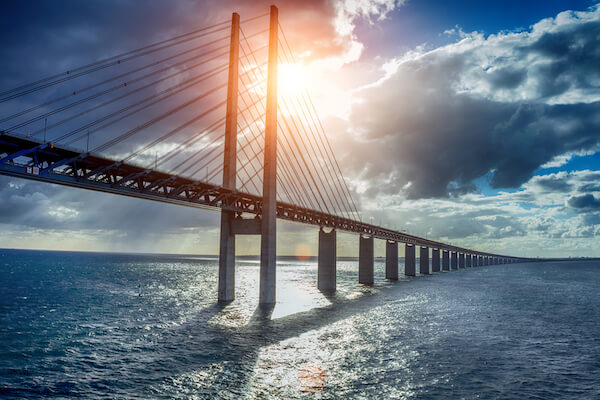 Øresund-Bridge
Øresund-BridgeØresund-Bridge links Copenhagen/Denmark with Malmö/Sweden. This is the longest combines road and railway bridge in Europe and road and runs over 8 km/5 miles.
Denmark is about twice the size of Bolivia or Massachusetts/USA or about half the size of Ireland. A flight to Copenhagen takes roughly 2 hours from London/England and 7.5 hours from New York/USA.
The country is flat and only some low rolling hills. The climate is temperate with mild but windy winters and cool summers.
Denmark for Kids
Geography Superlatives
Here are some interesting facts about Denmark's geography:
- Denmark's highest point is called Møllehøj. The summit near Skanderborg is a mere 171 m/ 561 ft. high and is marked by a millstone.
- Denmark's longest river is the River Guden with 149 km/ 93 miles.
- The largest lake in Denmark is Arresø which is located on Zeeland. Denmark has about 1 000 lakes that are named and many thousand more unnamed lakes and ponds.
- Denmark's Faroe archipelago consists of 18 islands in the North Atlantic Sea. The largest lake on the Faroer archipelago is Lake Sorvagsvatn which you can see below.
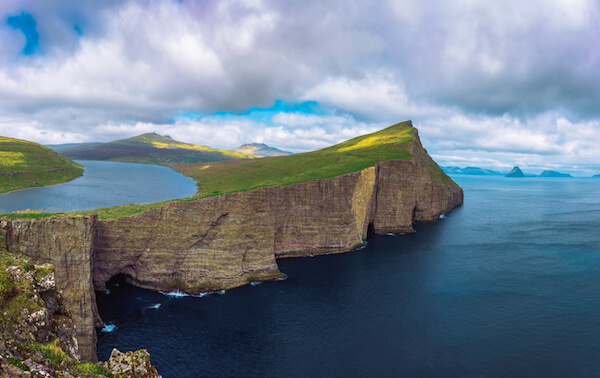 Lake Sorvagsvatn on the Faroer islands
Lake Sorvagsvatn on the Faroer islands- The largest islands of Denmark are Greenland, Disko Island (off Greenland) and Zealand where the capital city Copenhagen is located.
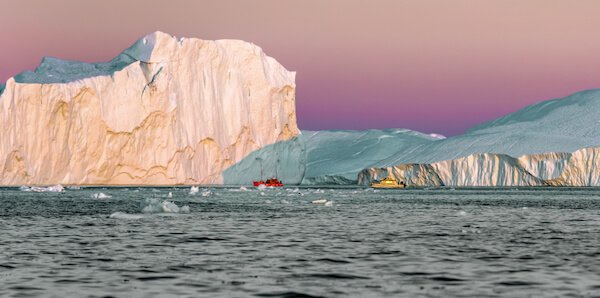 Greenland - Disko Bay
Greenland - Disko BayDenmark Facts
Facts about Greenland
- Greenland is the world's largest island.
- In Greenlandic, Greenland is called Kalaallit Nunaat which means "Land of the People".
- 56,000 people live on the arctic island that is located about 3,400 km/ 2,110 miles off the Danish north western coastline - and the island of Greenland belongs geographically to the North American continent.
- Once a Danish colony, Greenland is now a district of Denmark since 1953 and has its own local government.
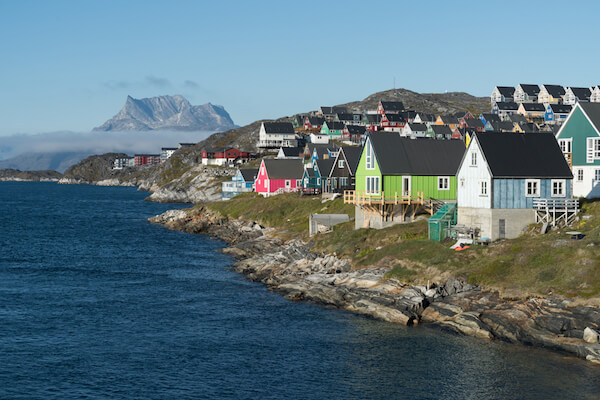 Nuuk
Nuuk- Nuuk is the capital of Greenland.
- 80% of Greenland is covered by ice and snow and most people live along the coastline.
- Greenlandic is recognised as an official language in Denmark.
- Summer is the time to visit as then the temperatures are a bit warmer. July is also the only month when temperatures reach above freezing. This is the time to experience the warm magical light of the midnight sun. The sun does not set for two months, from May 25 to July 25.
- The Northern Lights, a wonderful spectacle can best be admired on clear autumn and winter nights.
Find more Facts about Greenland on our separate page here.
Denmark Facts | Animals in Denmark
Arctic wildlife include walruses, polar bears, humpback whales, reindeers and musk oxen.
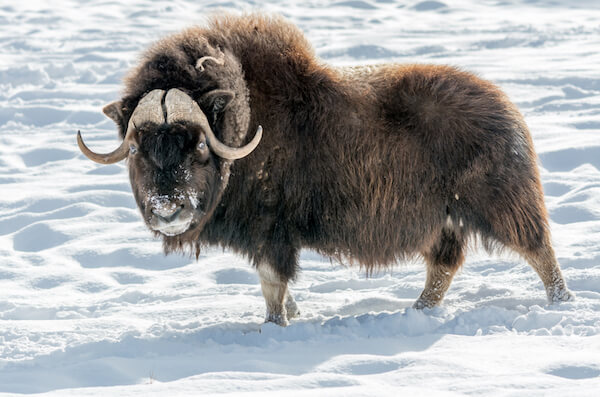 Musk ox
Musk oxThe Faroe islands which are located between Iceland and Norway are also called 'sheep islands' because on the islands live about twice as many sheep than people. The sheep are used there as 'lawnmowers' as many houses on the island have grass roofs which are mown by sheep!
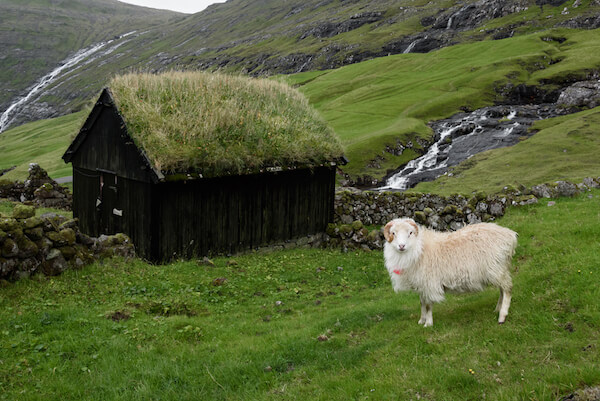 Faroe islands house with grass roof
Faroe islands house with grass roofDenmark Facts | Attractions
- Copenhagen: When visiting the capital city, a stop at the royal palace is a must as is experiencing a stroll along Nyhavn or riding a carousel in Tivoli Gardens, one of the world's oldest amusement centres. The Little Mermaid is a bronze and granite statue at the harbour entrance and is a famous landmark in Copenhagen.
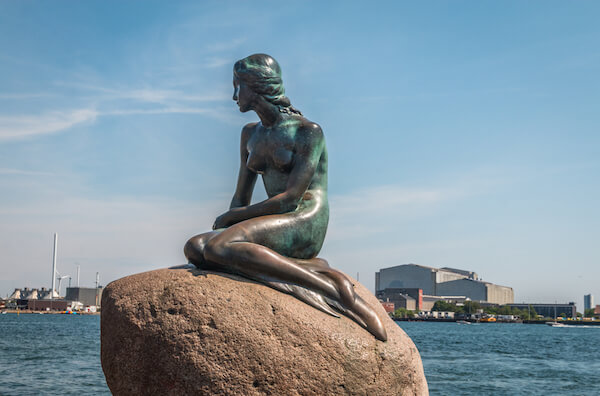 Little Mermaid statue - image by Pocholo Calapre
Little Mermaid statue - image by Pocholo Calapre- Aarhus: Denmark's second largest city is located on Jutland. Aarhus has more than 1.2 million inhabitants. Marvel at the architecture of the Isbjerget or Iceberg building or walk on the Infinity Bridge, a circular bridge along the coast, which will be built up at the coast again in May. Or visit the 'Old Town' open-air museum with timber buildings and learn about the city's history.
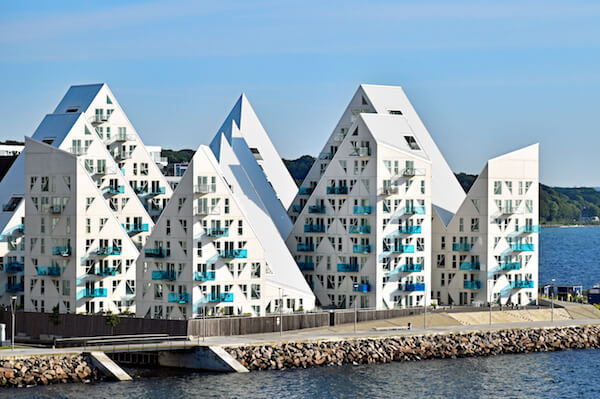 Aarhus' unique Iceberg buildings
Aarhus' unique Iceberg buildings- Odense: Denmark's third largest city is the birthplace of fairytale writer Hans Christian Anderson (1805-1875). Today, the city is one of the most liveable and future-proof cities in Europe. More than 120 robotics companies are located in the city. There are regularly fairs and exhibitions in the city that also attract young inventors and robotics enthusiasts.
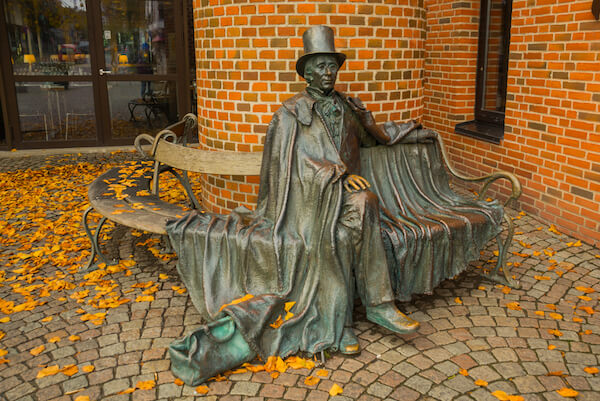 Hans Christian Anderson Statue in Odense
Hans Christian Anderson Statue in Odense- Råbjerg Mile: The dunes near Skagen are known to be the largest migrating dunes in Northern Europe.
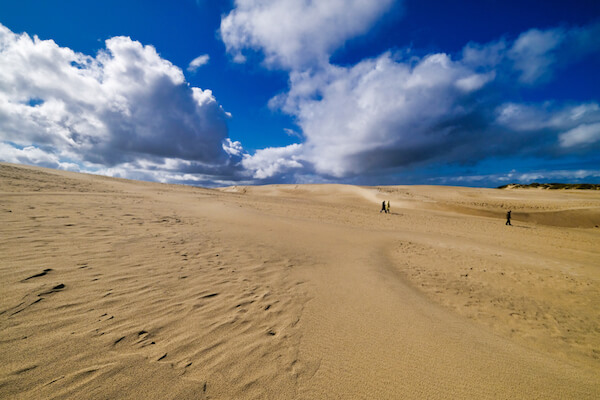 Råbjerg Mile - migrating dunes in Denmark
Råbjerg Mile - migrating dunes in Denmark- Roskilde: The city in Zeeland houses the famous Viking Ship museum which displays five longships. The largest cathedral of Denmark is located in the city. The cathedral is the official royal burial church and the final resting place of Danish kings and queens.
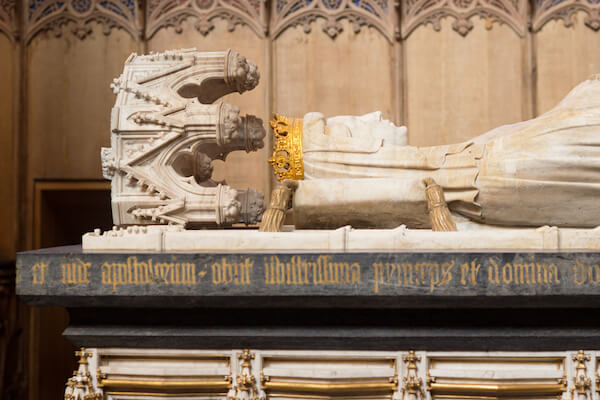 Tomb of Margarete I in Roskilde
Tomb of Margarete I in Roskilde- Frederiksborg: This castle in Hillerød is known as the largest Renaissance castle in the Nordic region.
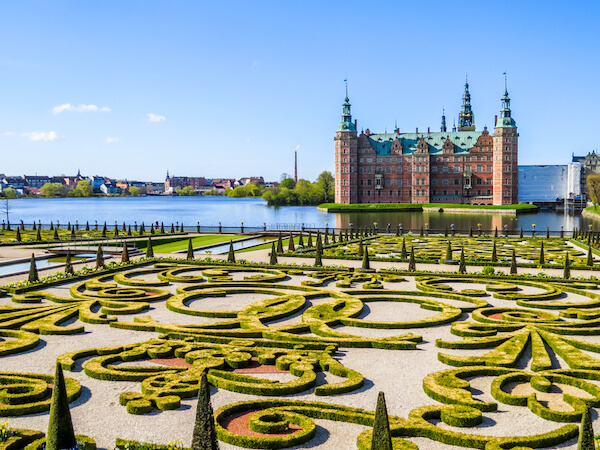 Frederiksborg castle and gardens
Frederiksborg castle and gardensThere are so many great places in Denmark to visit, there are just to many to mention here. We will show you more places on a special page with more Denmark Facts here soon.
Denmark Facts | Danish Royals
Denmark is among the oldest monarchies in the world. The Danish royal heritage dates back to the first king in 958.
The current reigning monarch is Frederik X. His mother Margrethe II. was Queen of Denmark from 1972 until 2024 when she resigned and her son succeeded on the royal throne. King Frederik (the Tenth) is married to Queen Mary, who is originally from Australia. They have four children.
The Danish royal family lives most of the times in Amalienborg Palace in the capital city.
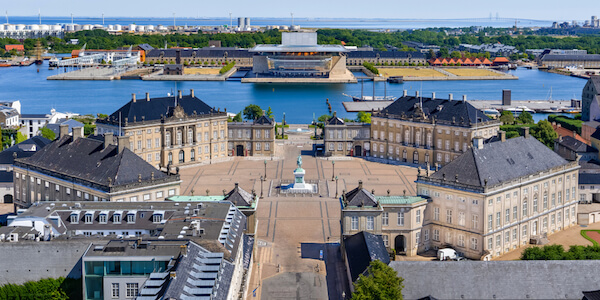 Amalienborg Palace in Copenhagen
Amalienborg Palace in CopenhagenAmalienborg royal palace consist of four identical buildings that are guarded by the Royal Life Guards. Many people come to watch the Changing of the Guards that takes place every day at 12h00 noon.
The duties of the royal family include welcoming foreign state visitors and promoting charitable causes. However, the queen does only play a very limited part in the Danish government, however, she appoints a new government after national elections.
Denmark Facts | The Danes
The people in Denmark are referred to as Danes.
The Danes hold their midsummer festival on the eve of 23 June, this festival has pagan roots. The main attraction of the festival are the community bonfires on which a dummy of a witch is burned. Families and friends meet at the bonfires and celebrate at home with a family dinner.
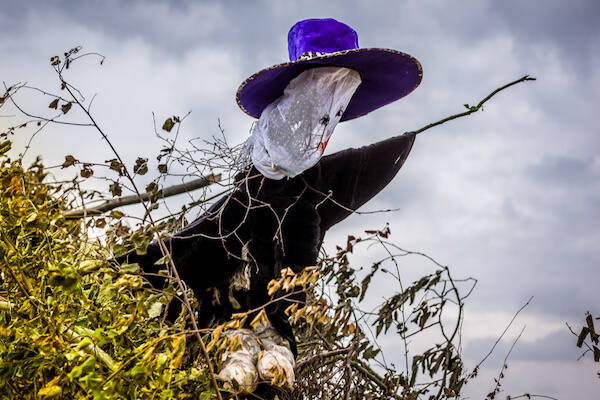 Sankt Hans bonfire - image by Stig Alenas
Sankt Hans bonfire - image by Stig AlenasSoccer and handball are the most popular sports in Denmark. Many Danish people are soccer fans.
Famous Danes
Famous Danish People
Among the most well known Danish sculptors, writers and artists are:
- Edvard Eriksen (1876 - 1959) - sculptor of the "Little Mermaid" statue in Copenhagen
- Hans Christian Andersen (1805 - 1875) writer, poet and author of fairy tales such as The Little Mermaid, The Ugly Duckling, Thumbelina and many others. The story of the movie 'Frozen' was initially based on his fairy tale "The Snow Queen'
- Ole Kirk Christiansen (1891 - 1958) - carpenter who founded the Lego company. He first started with interlocking wooden bricks as toys. The name Lego stems from the Danish words leg god meaning 'plays well’ but also is used in the Latin term lego which means 'I put together’. The Lego brick as we buy it today was invented in 1958.
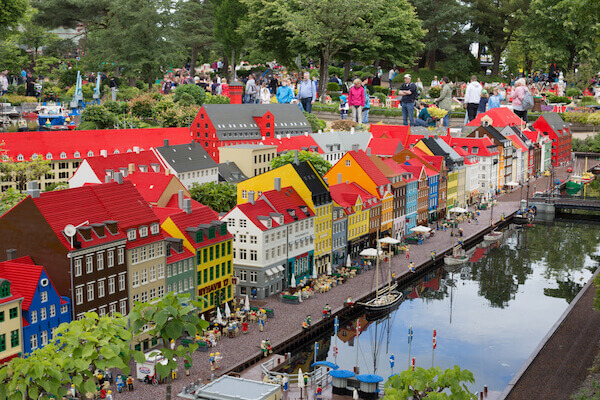 Legoland in Billund - image by Anna Soelberg
Legoland in Billund - image by Anna Soelberg- Karen Blixen (1885 - 1962) - author of 'Out of Africa'. The famous story is based on her life in Kenya.
- Arne Jacobsen (1902 - 1971) - furniture designer is known for his modernist chairs such as the Egg chair
- Jorn Utzhorn (1918 - 2008) - architect and designer of the Sydney Opera House
Facts about Denmark
Languages in Denmark
Danish is spoken in Denmark and in some regions in northern Germany. Danish speaking minority groups are also found in the other Scandinavian countries Norway and Sweden as well as in some countries around the world such as in the USA, Canada and Brazil.
Standard Danish refers to the language based on the dialects spoken around the capital city Copenhagen.
Most Scandinavians can understand each other fairly well as Norwegian, Swedish and Danish languages are quite close in vocabulary and grammar.
English is the most common second language in Denmark and most young people speak English fluently.
Denmark Facts | Danish Language
The Danish language has many similarities with the English language as they both belong to the Germanic language family.
There are 29 letters in the Danish alphabet which includes also the vowels æ, ø, and å. The letters c,q,w,x and z are only used in words that stem from a different language, in so-called loan words.
Here are some useful Danish words:
- god dag: Good day
- Hej! Hello!
- Jeg er...: My name is...
- farvel: goodbye
- tak: thank you
- velbekomme: you are welcome
- Jeg elsker dig: I love you
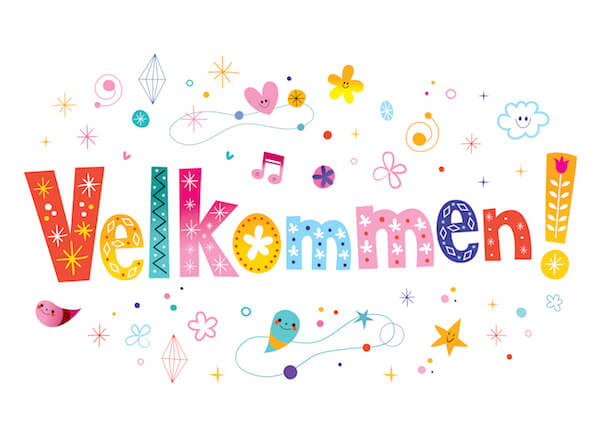
Denmark Facts
Denmark Economy
The country has some of the world-leading companies in renewable energy, pharmaceuticals, shipping industry and high-tech machinery.
The main export and import partners are Germany, USA, Sweden, Netherlands and China. Denmark's Maersk shipping company is the world's second largest container shipping operator and transports over 12 million containers every year!
The main Danish exports are refined petroleum, wind turbines and electricity, medicine and fish products.
In 2023, Denmark generated over 63% of its electricity needs with solar and wind energy!
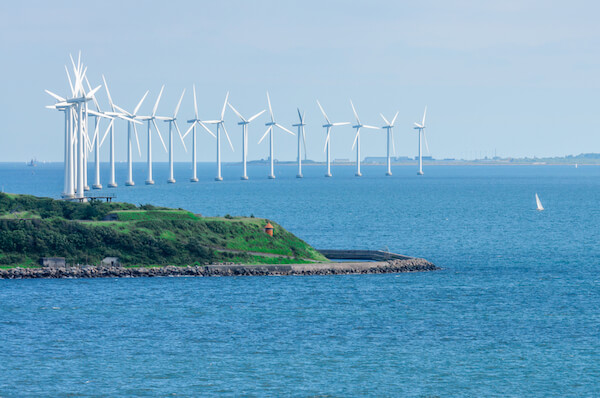 Offshore wind farm near Copenhagen
Offshore wind farm near CopenhagenA giant wind farm is located off the island of Møn in the Baltic Sea. Since completion in 2022, this wind farm produces enough energy for 600 000 households.
Denmark is a member country of the European Union, but not a member of the European monetary union and thus did not introduce the Euro.
The unemployment rate is low. About 5% of the Danish people are registered as unemployed. Most people work in the services sector.
Denmark Facts | Danish Food
The Danish main dishes contain: potatoes, fish, seafood, meat, vegetables or salad and some fruit.
The national dish is stegt flaesk which is fried pork belly strips with crackling and served with potatoes and a white parsley sauce or red cabbage.
Open faced sandwiches or Smørrebrød are very popular and can be bought in many bistros and coffee shops. Slices of rye bread are topped with cold meat, pickled or fried fish and eggs and onion.
Here is some other typical Danish food:
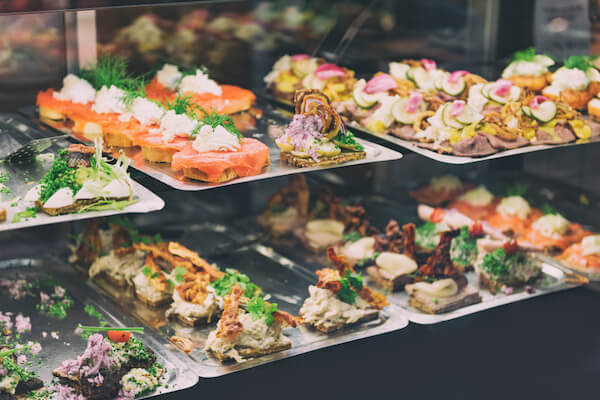 Smørrebrød in a foodmarket in Copenhagen
Smørrebrød in a foodmarket in Copenhagen- Smørrebrød: buttered open sandwich, usually on rye bread with various toppings
- Frikadeller: meatballs made with pork or veal meats
- Rullepoelse: rolled pork sausage cold cuts
- Spegesild: pickled herring
- Rødgrød med fløde: sweet dessert or red berry compote made with strawberries, raspberries and rhubarb and served with cream or ice-cream topping
- Drømmekage: meaning 'dream cake' is a simple sponge cake but with a delicious coconut and brown sugar topping
- Wienerbrød: similar to what we can 'Danish pastry :-)
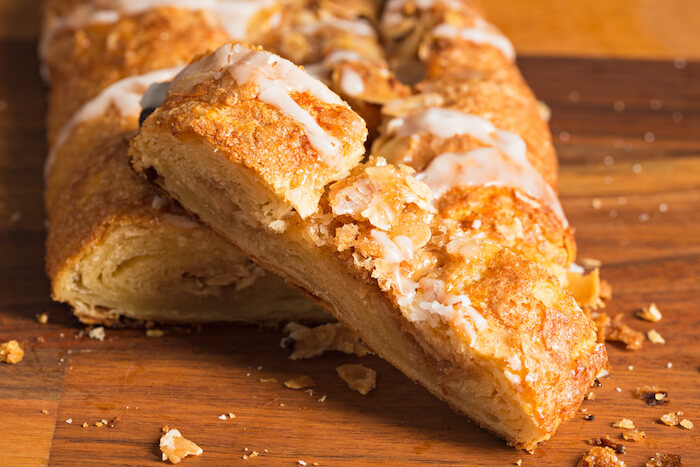 Typical Danish pastry called Wienerbrod
Typical Danish pastry called WienerbrodDenmark Facts | Did you know...
... that the Bluetooth logo includes the letters H and B of the Scandinavian runes writing system?
H and B were the initials of Harald Bluetooth. The letters were merged and then used as the new logo by the creators of the Bluetooth wireless technology.
... and that Denmark has two national anthems?
The royal anthem (which is normally played internationally) and the national anthem (which is only played in Denmark and only when royalty is not attending the event)
Resources for Denmark Facts
These are useful resources for Denmark Facts:
- Central Intelligence Agency. "Denmark" World Fact Book. Updated 2 January 2025. Last accessed 9 January 2025
- Ministry of Foreign Affairs of Denmark. "Official Website of Denmark." Denmark.dk. Last accessed 9 January 2025
- Visit Copenhagen. "Official Guide to Copenhagen." VisitCopenhagen. Last accessed 9 January 2025
- StatisticsDenmark. "Population figures." Statistikbanken. Last accessed 9 January 2025
- Government of Greenland. "Explore Greenland." Visit Greenland. Last accessed 9 January 2025
- Innovative Languages. "Danish Key Phrases List." DanishClass101. Last accessed 9 January 2025
- Kim Nielsen. "Recipe for Danish Dream Cake." Nordic Food & Living. Last updated 11 April 2020. Last accessed 9 January 2025
Learn more about the Nordic Countries
Popular Pages
Images on Denmark Facts for Kids: shutterstock, sxc.hu, wikicommons and own images
Return from Denmark Facts to KidsWorldTravelGuide Homepage
***
More about Countries in Europe
Temperature in Celsius
COPENHAGEN WEATHERTemperature in Fahrenheit
COPENHAGEN WEATHERLike us
Like what you read?
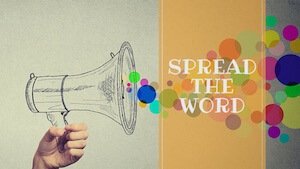
|
Would you like a link to share the information with your friends, fans and readers? Simply use the html code below. Copy and paste onto your website, blog or Facebook page: <a href="https://www.kids-world-travel-guide.com/denmark-facts.html">Kids World Travel Guide: Denmark Facts for Kids</a> Thank You for spreading the word:-) |
